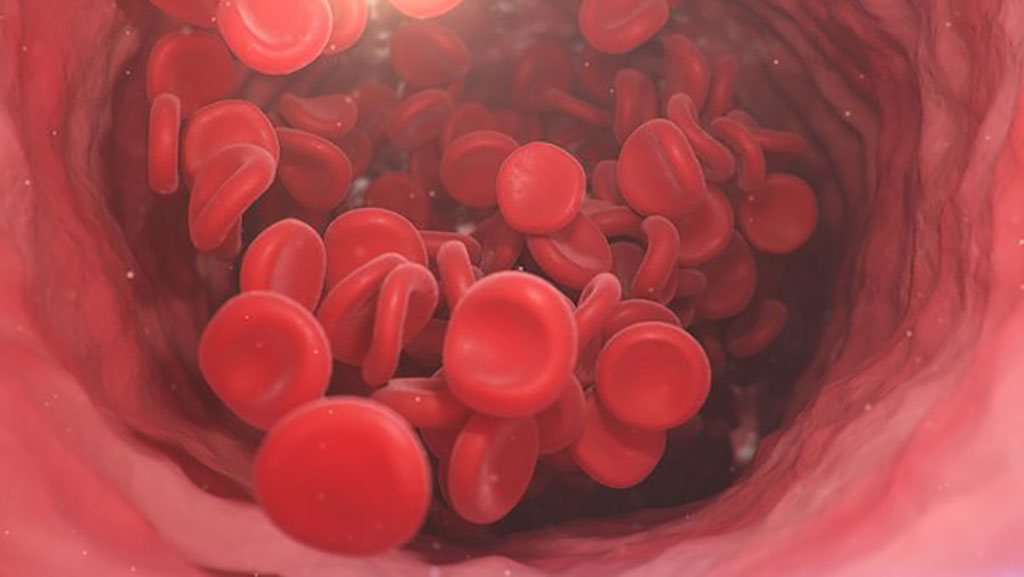CT Imaging Study Finds Vaccination Reduces Risk of COVID-19 Associated Pulmonary Embolism
Posted on 03 May 2022
Prothrombic coagulation abnormalities and resulting thromboembolism, such as pulmonary embolism (PE), are a known complication of COVID-19 infection, which has been attributed to direct viral toxicity, endothelial cell damage, and dysregulation of the immune system. A retrospective review that examined the incidence of PE in COVID positive patients during computed tomography pulmonary angiography (CTPA) exams in the emergency department (ED) has found that vaccination reduces the risk of COVID-19 associated PE.
The study by researchers at the University of Utah examined the prevalence of PE in COVID-infected patients in a single ER over dominant periods of the ancestral, Delta, and Omicron variants of COVID-19. Their findings showed a difference in the incidence of PE in ED patients infected with the ancestral COVID-19 variants and those infected with the Delta and Omicron COVID-19 variants. Though the findings do not reach statistical significance, they suggest that patients infected with the Delta or Omicron COVID-19 variants may have a lower incidence of pulmonary embolism. Additionally, the researchers also found that vaccination with at least two doses does significantly reduce the risk of COVID-19 associated PE.

For the study, the researchers collected demographic information, patient comorbidities and risk factors, vaccination status, and COVID-19 infection status from patient’s charts. They compared the incidence of PE in COVID positive patients between variant waves and performed subgroup analysis of vaccination effect. CTPA was ordered in 18.3% of COVID-19 positive patients during the ancestral variant period, 18.3% during the Delta period and 17.3% during the Omicron wave. PE was seen in 15.0% of the ancestral COVID-19 variant cohort, 10.6% in the Delta COVID cohort and 9.23% of the Omicron cohort, reflecting a 41% and 60% increased risk of PE with ancestral variants compared to Delta and Omicron periods, respectively. The study also found that unvaccinated patients had a 2.75-fold increased risk of COVID-associated PE during the Delta and Omicron periods as compared to vaccinated or recovered patients.
Based on these findings, the researchers concluded that vaccination reduces the risk of COVID-19 associated PE. Patients infected with the Delta and Omicron COVID-19 variants may have a lower incidence of pulmonary embolism, though a larger or multi-institution study is needed to prove definitively.
Related Links:
University of Utah














